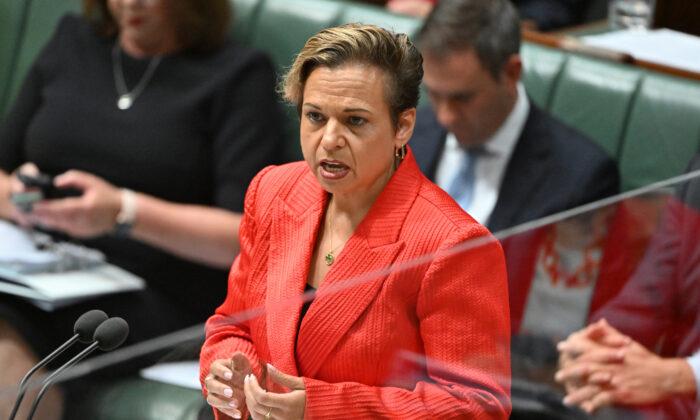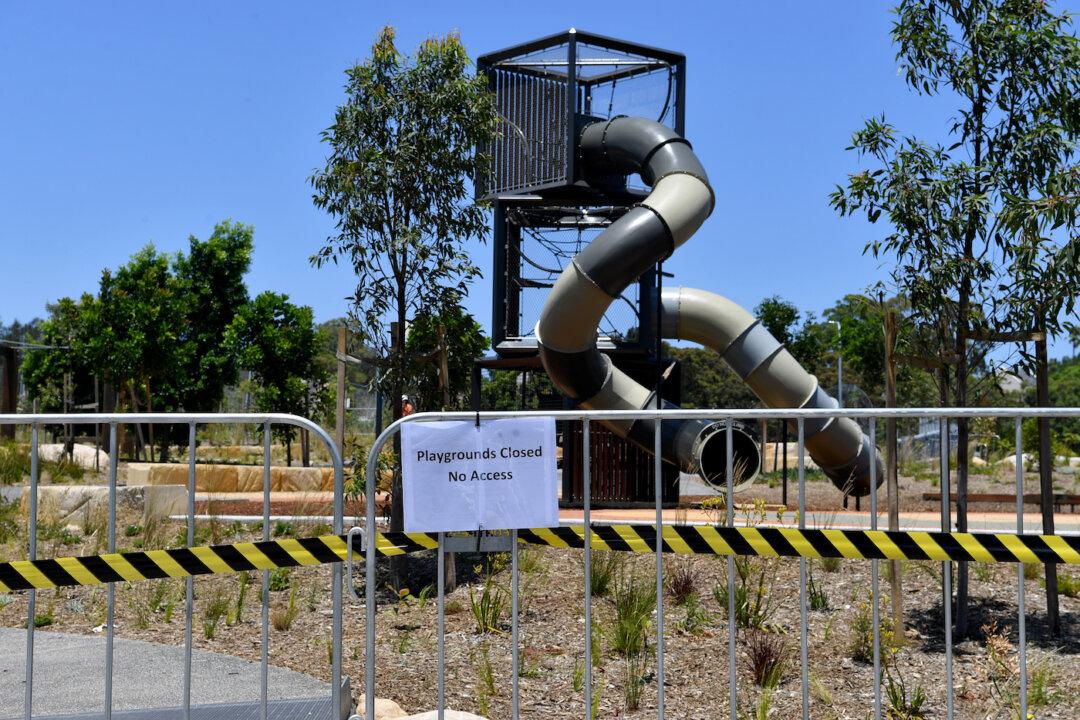A new register for text scams funded by the federal government should help stop fraudsters fleecing Australians via fake messages.
Almost half the nation has been deceived by or exposed to a dodgy text message in the past year, says Communications Minister Michelle Rowland. As a result, an estimated $3.1 billion (US$2.07 billion) was lost.
The registry will support telcos in preventing scammers imitating key industry or government brand names like Linkt or myGov in text headers.
The measure will add a new layer of protection for consumers against scammers who use known brands to target and deceive, Rowland said.
“We will all reap the practical benefits that will be delivered by the implementation of the SMS sender ID Registry.
“I look forward to working across government portfolios in our shared mission to combat scammers.”
The Australian Communications and Media Authority will receive some $10 million over four years to launch and maintain the facility.
It will complement rules registered by the ACMA last July for telecommunications companies that blocked more than 90 million scam texts over the following six months.
The registry will have a phased introduction before an industry-wide model is in place - subject to rule making, industry readiness and security arrangements.
The government has also set aside funds to establish a National Anti-Scam Centre within the Australian Competition and Consumer Commission to help disrupt scammers.
The ACCC says text messages were the leading contact method for scams last year, making up a third of all reports.
Notifications about them to Scamwatch increased almost 19 per cent to just under 80,000 in total, yet three in 10 victims do not report scams.
The most common category of scam reported to Scamwatch is phishing—tricking victims into giving out personal information like bank accounts, passwords, credit cards or super.
There was an almost five-fold jump in financial loss attributed to the method and most were facilitated by texts.
Financial Services Minister Stephen Jones said scammers were ripping money out of the pockets of hard-working Australians on a daily basis.
“The government is fighting back,” he said.
“With the establishment of National Anti-Scams Centre and initiatives like SMS sender ID Registry, we are driving home a clear message; the government is putting scammers on notice.”
How an SMS Scam Registry will operate:
Customers receive a legitimate text from Australia Post with “AusPost” in the message header.
It might be a notification to pick up a parcel.
Scammers are currently able to copy or “spoof” that header and send a message in the AusPost message thread.
This means in regular messages from AusPost, a scammer can insert a malicious text with a scam link that looks otherwise perfectly legitimate inside a trusted brand message thread.
The registry will allow AusPost to register their Sender ID with the registry and telcos will then be able to block incoming messages that are not legitimate trying to use that Sender ID.





